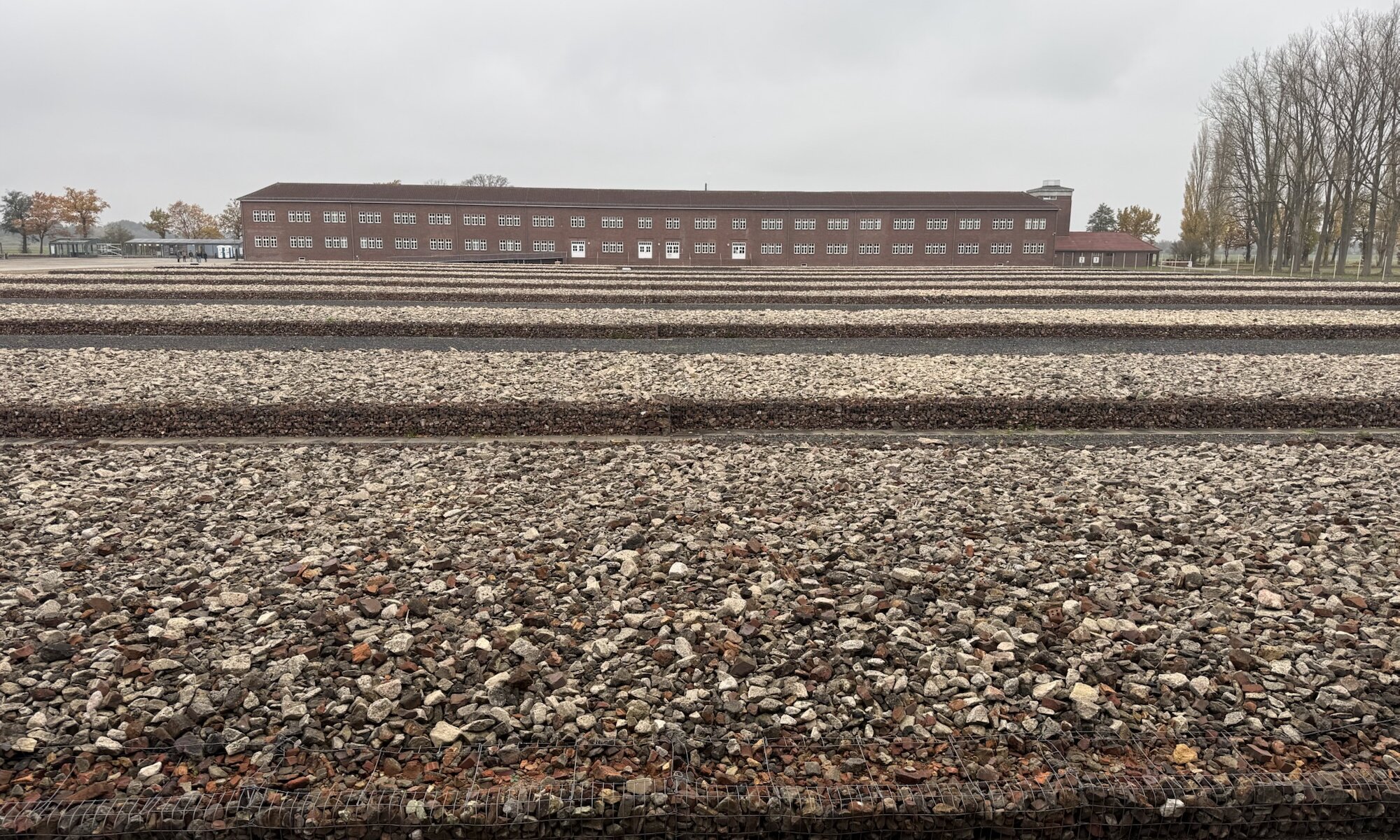The Neuengamme concentration camp, located in the outskirts of Hamburg, was established by the SS in late 1938 initially as a subcamp of Sachsenhausen before becoming independent in 1940. The site, built around a disused brickworks, played a grim role in Nazi efforts to exploit forced labour for the war economy, with prisoners compelled to endure backbreaking tasks under brutal conditions. Over its seven-year existence until liberation in May 1945, Neuengamme became the central concentration camp in north-west Germany, expanding to include dozens of satellite camps throughout the region.
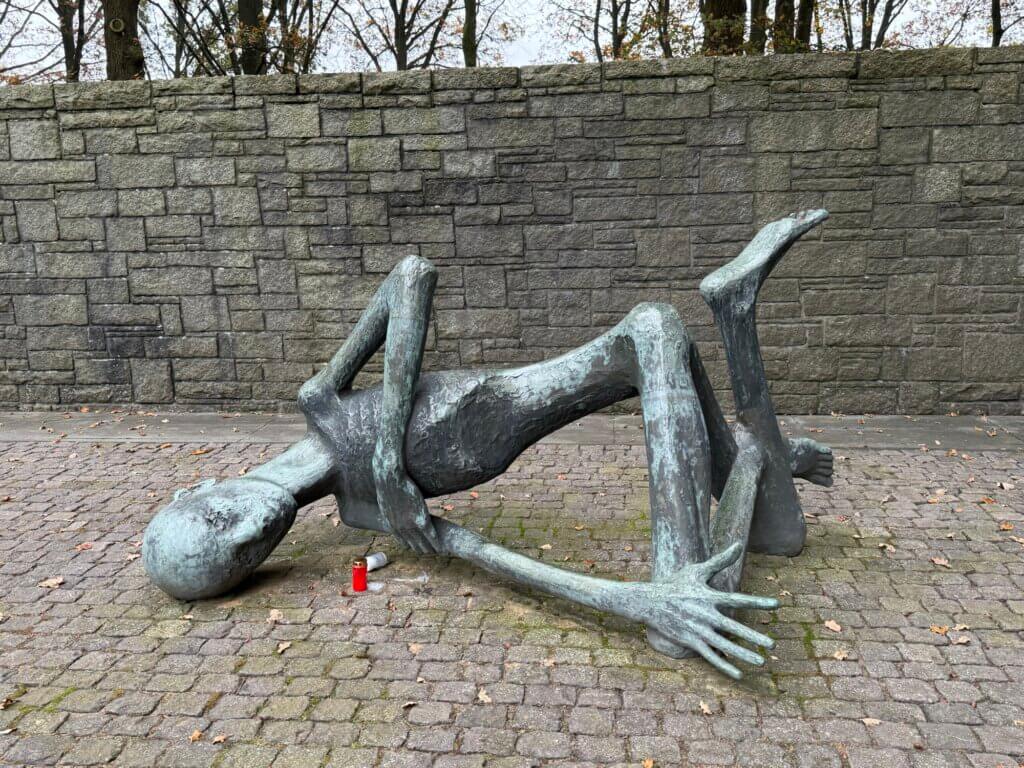
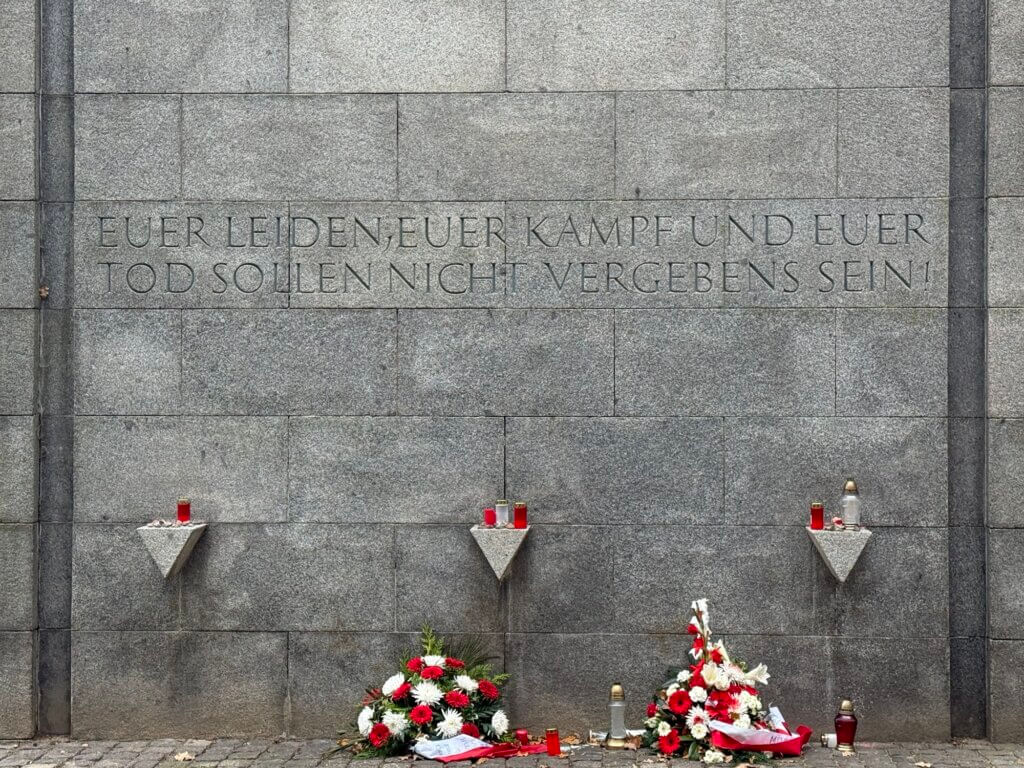
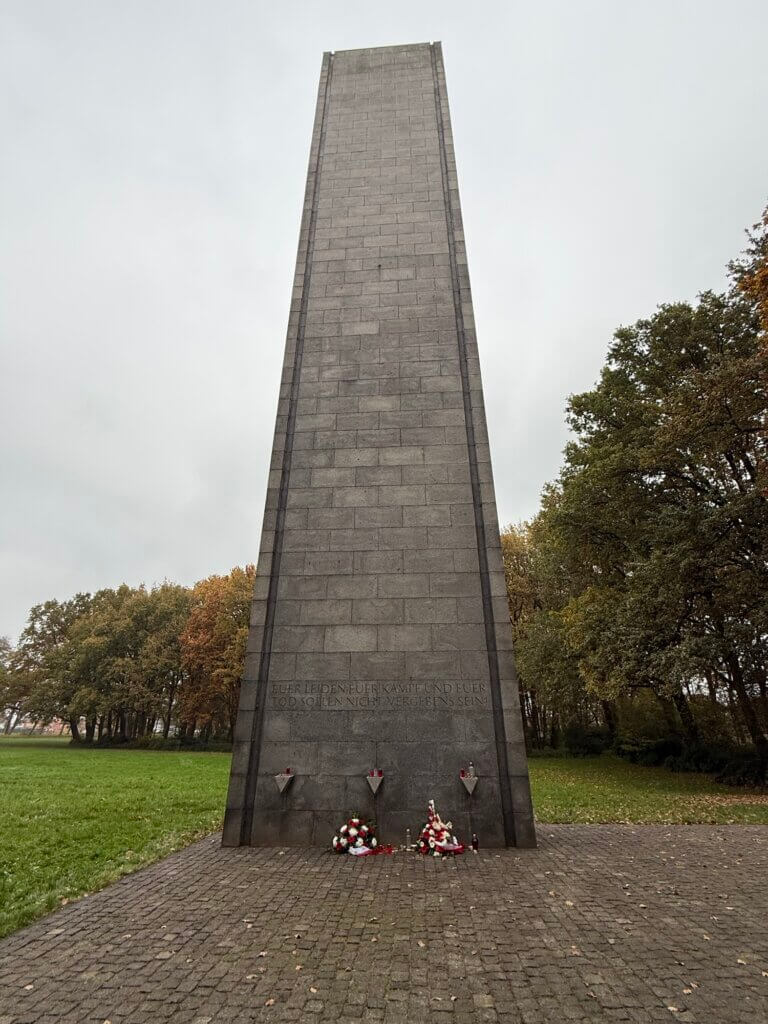
The camp imprisoned more than 100,000 individuals from across occupied Europe, representing at least 28 nationalities. Early inmates were mostly Germans deemed ‚asocial’ or political opponents, but as the war escalated, groups grew to include Soviets, Poles, French, Dutch, Belgians, Danes and Jewish prisoners. Many were arrested for resisting Nazi occupation, refusing forced labour, or suffering persecution on racial, political or religious grounds. The living and working conditions were atrocious, resulting in the deaths of tens of thousands through malnutrition, mistreatment, outright killing, death marches and bombings as the camp was evacuated in 1945.
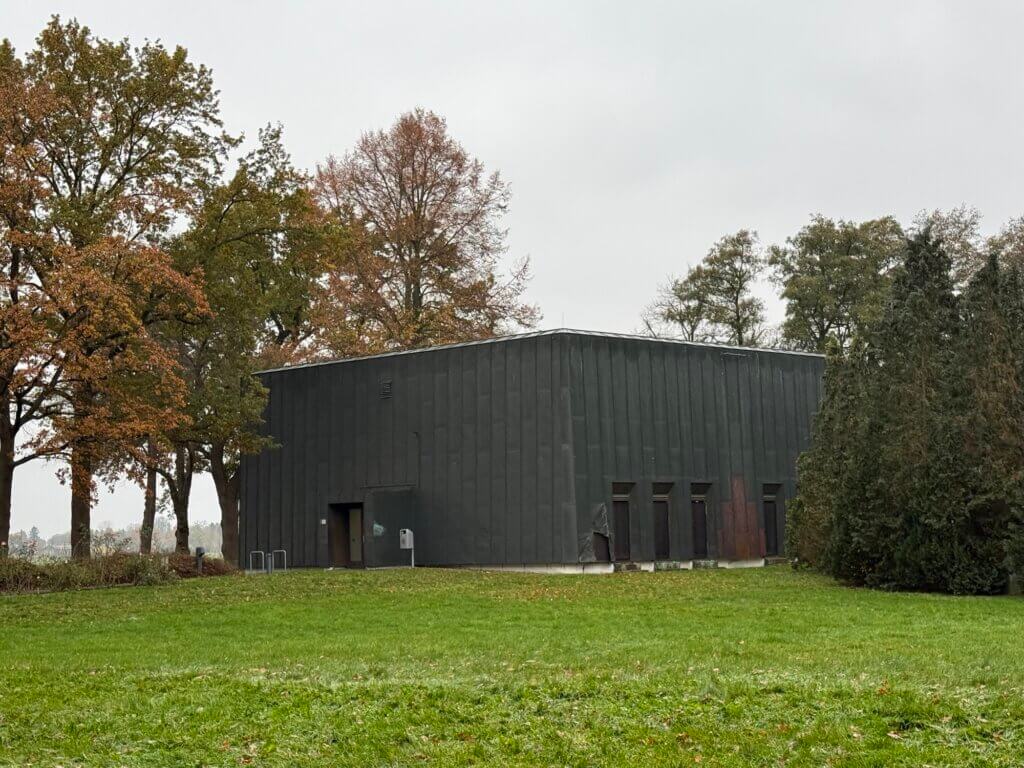
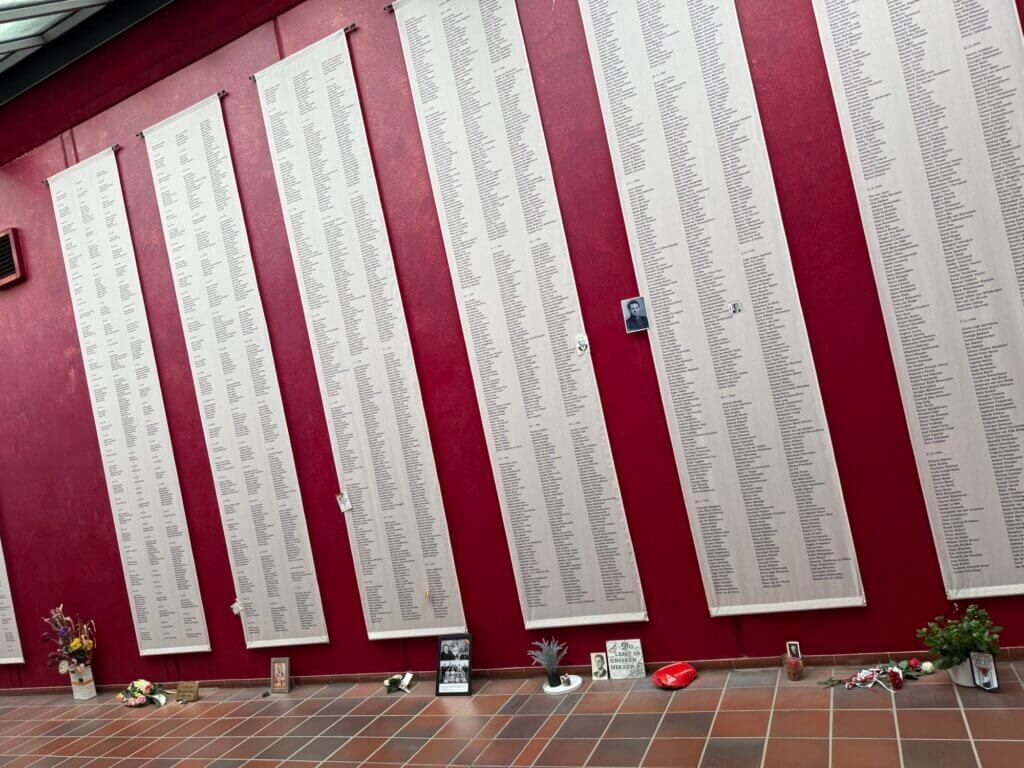

Today, the Neuengamme site serves as a major memorial and educational centre dedicated to remembering the victims and bearing witness to the atrocities committed there. Visitors are able to tour the extensive camp grounds, where several original buildings have been preserved alongside reconstructed barracks and a brickworks (built to supply the bricks for the planned Führerbauten at Hamburg). The memorial features five permanent exhibitions, including the ‚House of Remembrance‘ which lists the names of nearly 25,000 people who died at Neuengamme and its satellites, with many more commemorated by blank banners representing unknown victims. Artefacts, biographies, models, photographs and facsimiles of original death registers all provide a comprehensive view into the lives and suffering of inmates.



The exhibitions address a wide array of topics, from camp operations and the SS, to forced labour, resistance, and post-war justice. Modern panels detail the stark transformation of the site after liberation, its use for British internment, and the gradual restoration as a place of remembrance. For a long period of time after World War II a modern jail existed on the area of the camp; way too late it was closed and relocated – a wall and a tower remained as a memorial. The grounds and museums remain accessible year-round, offering guided tours and educational resources to ensure that the memory of those who suffered at Neuengamme continues to inform present and future generations. You can reach the KZ-Gedenkstätte by bus 127 from the regional railway station of Bergedorf; there are three bus stops: at the memorial (‘Mahnmal‘), at the Klinkerwerk (brickworks) and at the former main camp (‘Ausstellung‘). A smartphone application available on the major app stores guides you through the vast camp grounds.

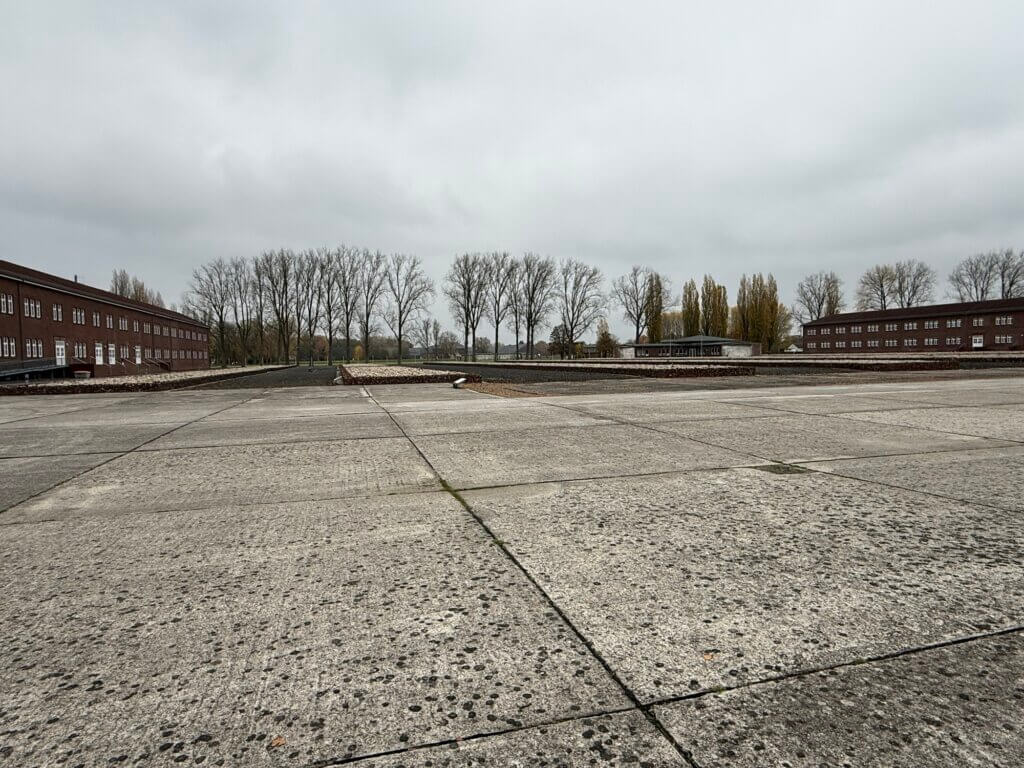
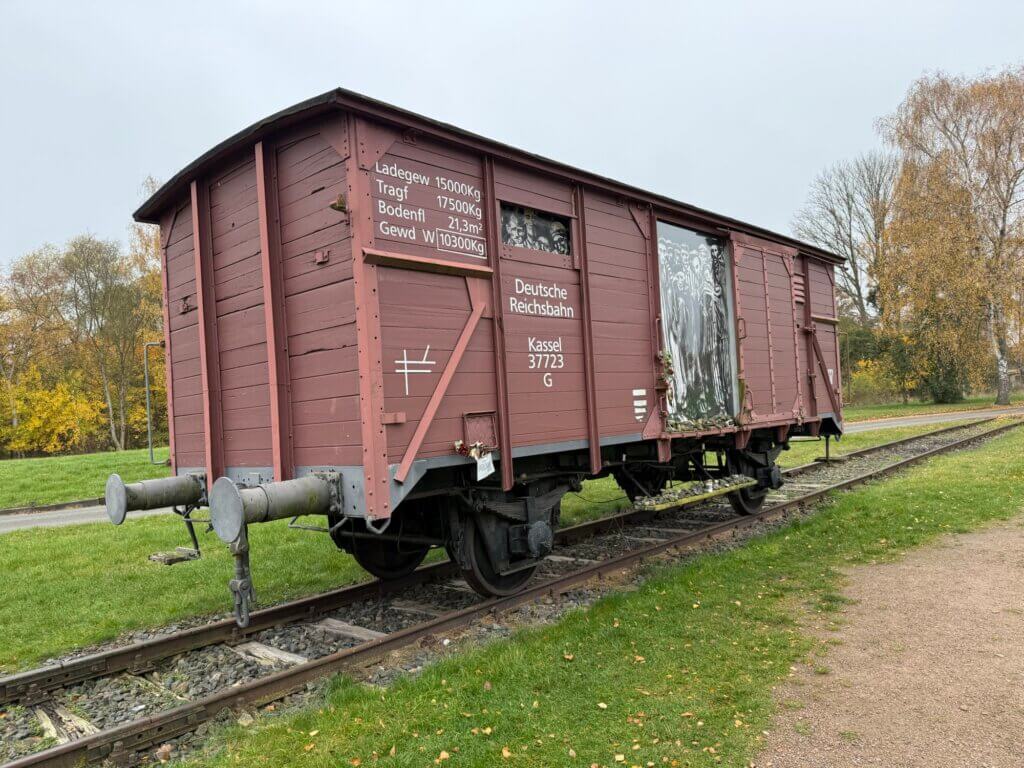
Kinder vom Bullenhuser Damm
The story of the Kinder vom Bullenhuser Damm is one of the most harrowing chapters of the Holocaust, deeply linked to the history of the Neuengamme concentration camp. In the final months of the Second World War, twenty Jewish children – ten girls and ten boys aged between five and twelve – were forcibly transferred to Neuengamme from Auschwitz. These children, hailing from various Nazi-occupied countries, were subjected to cruel medical experiments orchestrated by SS doctor Kurt Heißmeyer, who injected them with live tuberculosis bacteria and performed invasive procedures, treating them as mere test objects without any ethical restraint.
As the Third Reich collapsed in April 1945, the SS sought to erase evidence of their crimes before the approaching Allied forces. On the night of April 20th, the children, together with their caretakers – four adult prisoners – were secretly moved from Neuengamme to the Bullenhuser Damm, a school building in Rothenburgsort, Hamburg. The location itself had previously served as an external camp for Neuengamme, underscoring the seamless connection between these sites of terror. The adults and children, unsuspecting and believing they were being evacuated, were murdered in the building’s basement under the orders of the SS, their deaths intended to obliterate the horrific traces of experimental abuse.
Today, the Kinder vom Bullenhuser Damm are commemorated with annual ceremonies and memorial exhibitions in Hamburg, serving as a powerful reminder of the atrocities committed and the importance of historical remembrance. The exhibition and memorial at the former school engage visitors with the legacy of the children, urging reflection on the ethical responsibilities in confronting such past crimes. The story remains an indelible part of the narrative of Neuengamme, illustrating how even the war’s final days were marked by acts of unspeakable cruelty and systematic cover-up, but also echoing the resilience of memory against efforts to erase the truth.
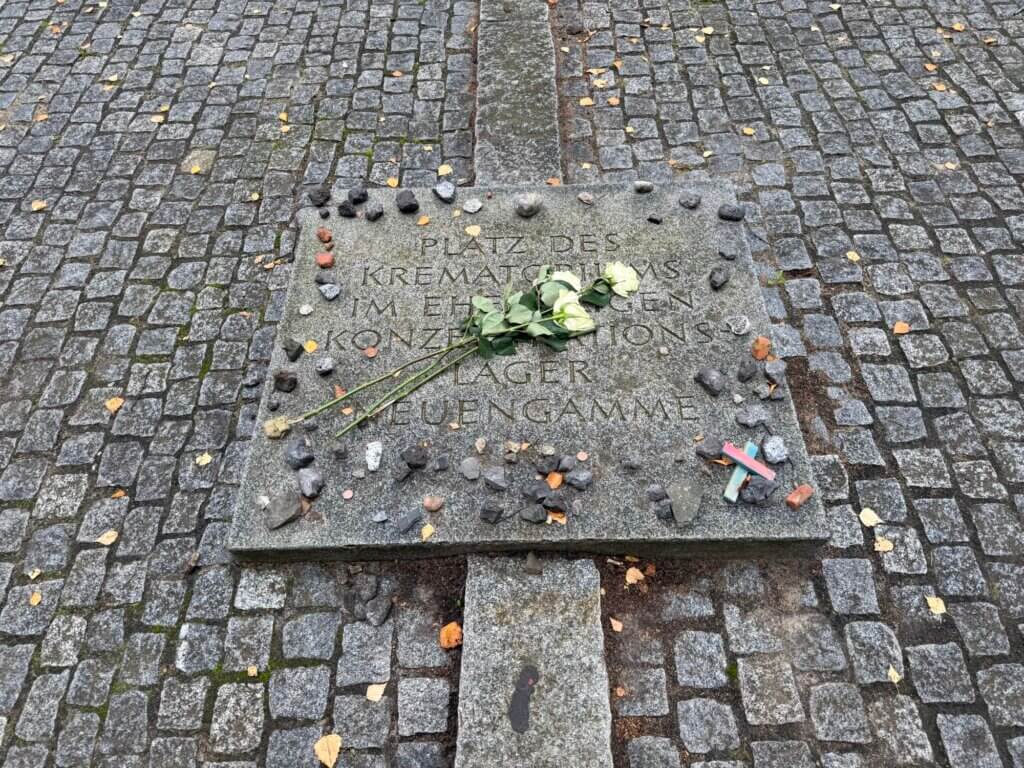
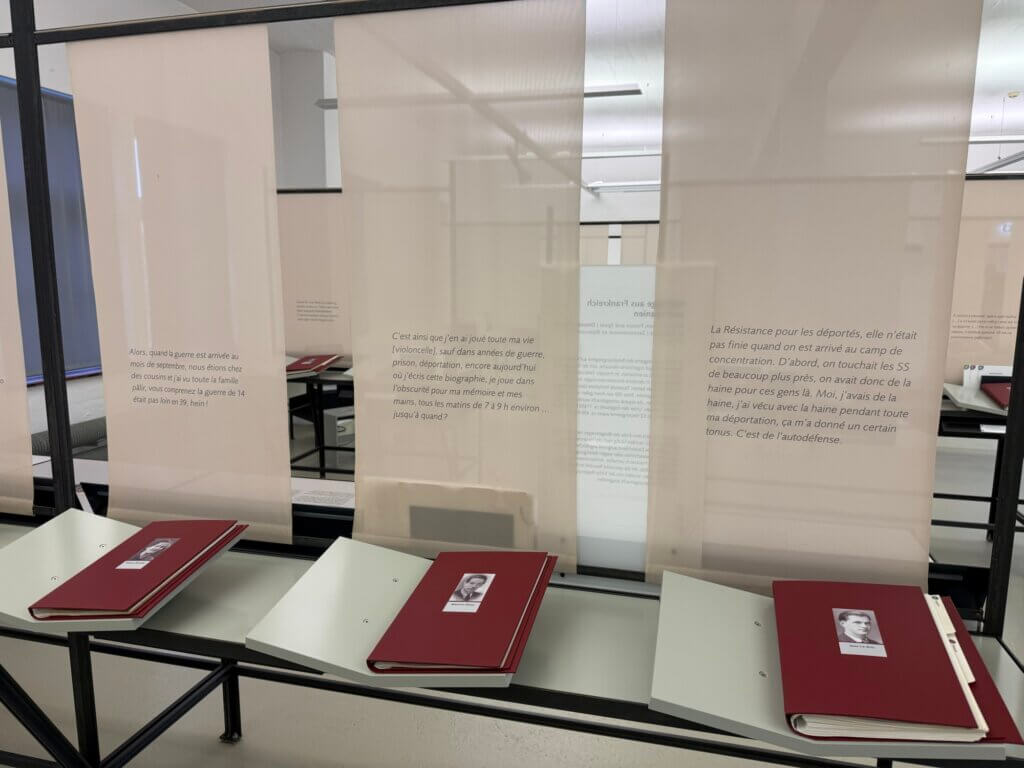
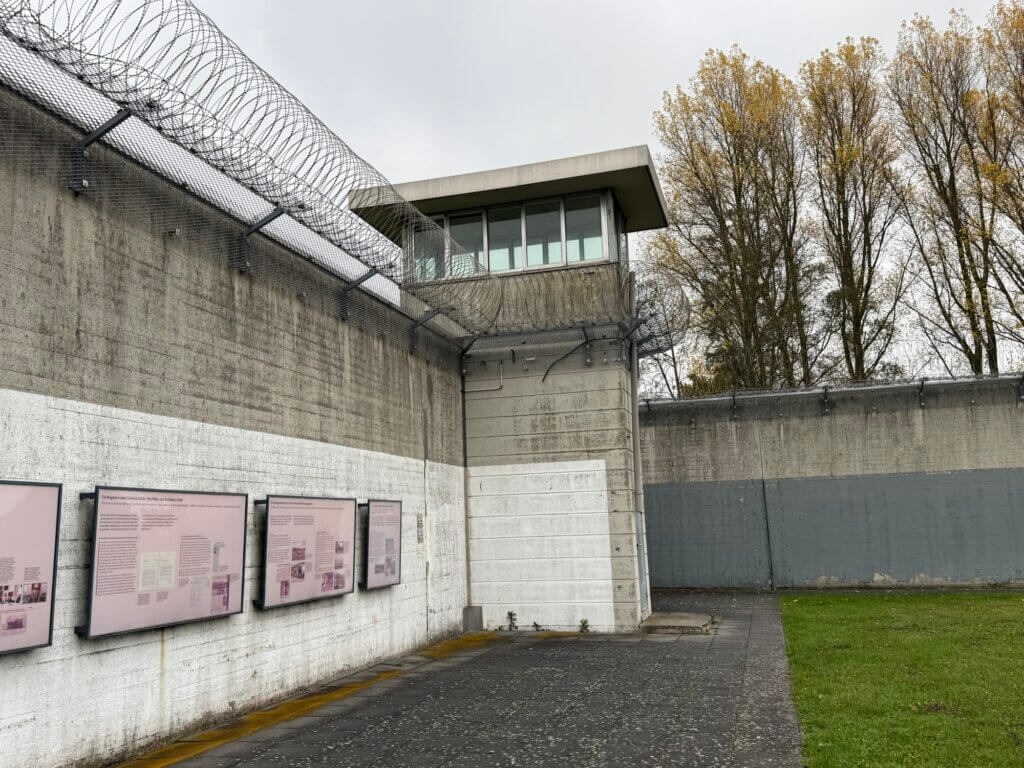
KZ-Gedenkstätte Neuengamme
Hamburg
Germany
https://www.kz-gedenkstaette-neuengamme.de
Loading map...


